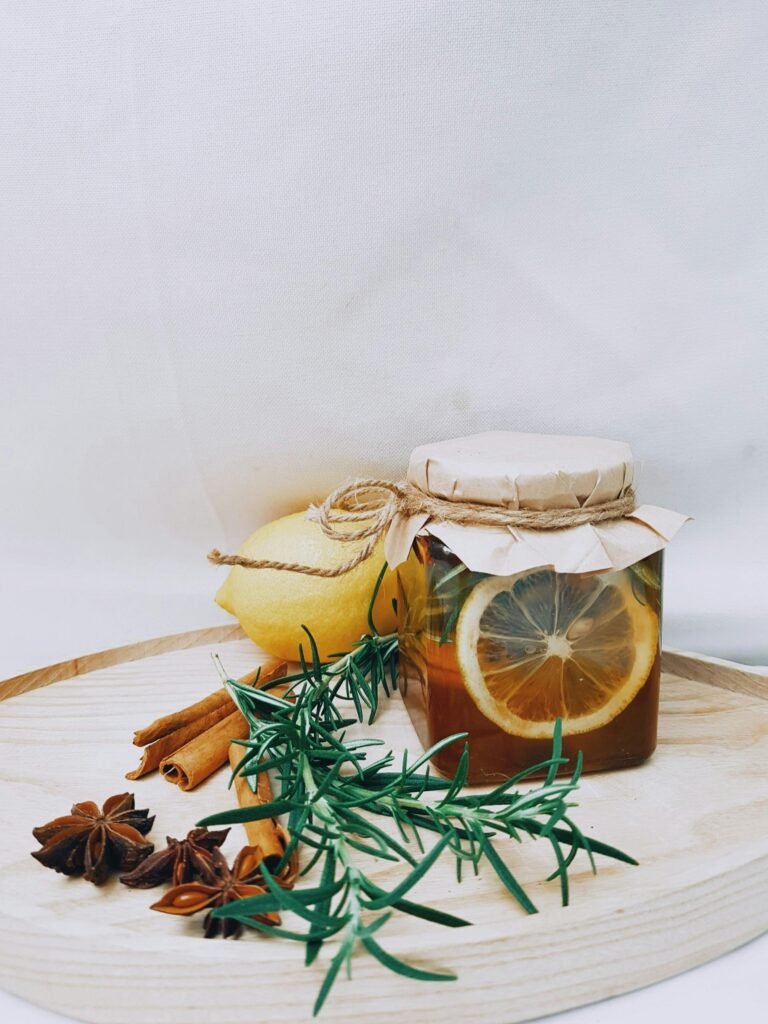Hornet, an insect to know
Physically, the hornet looks like a large vespid with a dark brown color and a variegated yellow back. It attacks humans only when it feels threatened, but in this case it inoculates small doses of poison that require immediate intervention.

The hornet is an insect that is part of the order of the Hymenoptera , belongs to the genus Vespa and to the species is Crabro . It is defined not only Vespa Crabro but also Cravunaro Rosso and European Hornet .
Physically it looks like a large vespid with a dark brown color and a variegated yellow back . The female has a stinger , the male has no sting.
- Zoology of the hornet
- The sting of the hornet
- Other hornets
Zoology of the hornet
The hornet feeds on a bit of everything : other insects, plant elements, fruit , flowers. It nests in protected crevices, such as logs and cracks in the walls. The nest is made up of vegetable and woody fibers and looks like a paper work of art.
In winter the colonies hibernate and wake up when the queen begins to feel the right warmth of the spring season. At that point a new nesting and egg laying period begins . It takes 5 days for the hatching from which the larvae fed by the queen herself with nectar and insects come to light. Another 28 days must elapse for the transformation of the larvae into sterile insects .
The queen continues to lay eggs which the females will take care of until the end of the summer, with the last laying of unfertilized eggs from which male hornets and queen hornets will be born . The males will mate with the female workers before hibernation and then start the same cycle the following year.
The sting of the hornet
The hornet attacks humans only if they feel threatened , they want to defend their nest and protect the queen.
The smooth, retractable sting hardly sticks to its victim’s skin; for this reason the hornet can sting several times . The sting is connected to the poison glands, which secrete a compound of toxic and allergenic substances . Especially in case of allergy , it is therefore advisable to pay close attention and get away from these insects which can be dangerous for man’s safety.
While the sting can be quite painful, the venom inoculation itself is minimal. However , multiple stings can cause unexpected and even anaphylactic reactions: in mild cases there is swelling, localized redness and fever , but for allergic subjects the symptoms worsen and include dizziness , difficulty breathing, palpitations , collapse from pressure drop. It is good to consult a doctor urgently .
In the event of a sting, it would be advisable to immediately squeeze the affected part to release the poison before it enters the circulation, clean it and then apply a little ice which also anesthetizes the pain. To reduce redness, itching and swelling, soothing ointments based on calendula , propolis or St. John’s wort oil can be applied .
If, on the other hand, the subject goes into anaphylactic shock , the healthcare professional intervenes immediately to administer antihistamines and adrenaline . After that, corticosteroid-based ointments are applied .
Other hornets
In nature there are hornets of other families and origins. An example is the Asian hornet , whose name is Vespa Mandarinia or killer hornet , which is present in Japan and the United States and represents a real danger to bees, humans and crops.
Its physical structure is larger than that of the Vespa Crabro: the queen can measure 8 cm, with a longer and more resistant sting and very strong jaws capable of decapitating bees and threatening humans in a lethal way. Biologists and entomologists are studying ways to limit the proliferation of this insect .




























+ There are no comments
Add yours